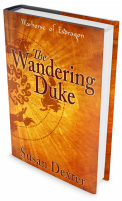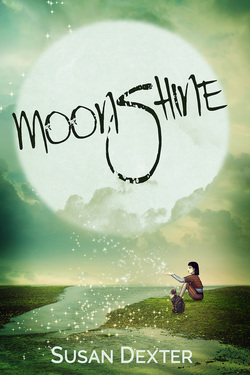So…you sell marketing services? But you cold-contacted me without researching me or the book you referenced, The Ring of Allaire. (Ballantine Del Rey Books, paperback original 1981.) You are a start-up. I am not. I have a background in advertising and extensive experience with a major publisher, having published 7 Mass Market paperbacks with Del Rey Books. What can you do that they could not? That KDP and Createspace are not better platforms for? (FYI—I get a 70% royalty from both. Without Inkshares.) And if you still aren’t sleeping after launching in January…but wait, was the letter written in January, and sent to me in July? Is it by some chance a form letter? Are you marketing your start-up with a badly edited form letter?
One marketing strategy traditional publishers employ is the Cover Quote. It’s like a product endorsement. M.R. Brazear is a many times self-published author with respectable sales. You might have wanted a cover quote from her, for one of your projects. But if there ever was a bridge possible there, you burned it when you replied to her post on the KDP Voice of the Author forum and addressed her as “Margie”. In fact, napalm comes to mind. (Her given name is Margaret.)
I made it a point to read your online information, first the FAQs and then the contract. I know you say it only takes five minutes to read, but I like to read for comprehension, so I took a bit longer. I’m not sure why you suggest reading a legal document so quickly—unless it’s so no one notices the typos. (Bejeweled is a word, bedecked, is a word, benighted is a word, bedazzled is a word—but “bedeemed” (Page 13) is not, at least not in English. You surely meant “be deemed”—two words.) Your contract also states that it is “non-exclusive” (Pages 2, 11) Your usage suggests that you meant to write “exclusive”. (…irrevocable, and transferable right to print, publish and sell your work worldwide, in both electronic and print format. Page 2.) I submit that if I can’t sell a work anywhere else in the world, that contract is exclusive. A non-exclusive contract would have both parties able to release, say, a Kindle edition of a work. Does the wording of the contract present legal difficulties? I’d only care if I’d been dumb enough to sign it. If it makes difficulties for you….well, you wrote it.
The bottom of your contact email reads “No thanks—Unsubscribe. Thad. Jeremy. You contacted me. When did I subscribe? What did I subscribe to? Please take me off your list—though I suspect you already have.



 RSS Feed
RSS Feed